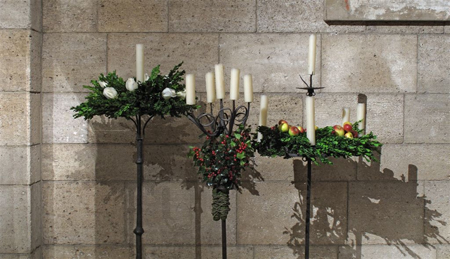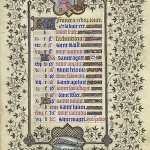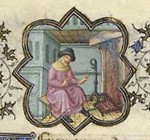The Garden in Heraldry: “Pluck a red rose from off this thorn???”
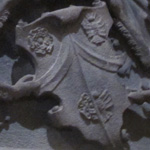 |
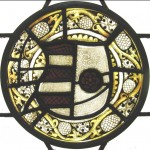 |
 |
Above, from left to right: Detail from an early sixteenth-century doorway (48.28); Armorial Roundel, ca. 1500 (1980.214.4); Roundel with Scenes of the Attack on the Castle of Love, ca. 1320???40 (2003.131.1).
Plantagenet. Since you are tongue-tied and so loath to speak,
In dumb significants proclaim your thoughts:
Let him that is a true-born gentleman
And stands upon the honour of his birth,
If he suppose that I have pleaded truth,
From off this brier pluck a white rose with me.Somerset. Let him that is no coward nor no flatterer,
But dare maintain the party of the truth,
Pluck a red rose from off this thorn with me.???Henry VI, Part 1, Act 2, Scene 4
After the fleur-de-lis, the rose is probably the second most common floral charge to appear on heraldic shields. That’s quite understandable, since the rose’s emblematic associations ranged from the Virgin Mary to the Five Wounds of Christ to romantic love. In the military context of knights and noble families, the rose also suggested the fierce and often impenetrable thicket of prickled branches in which it grows. The white roses strewn around the fearsomely armed lion rampant that occurs on the shield of Finland might have raised just such an association in the minds of beholders. Alternately, roses might also have been chosen as a play on a name???the arms of the German town of Rosenberg in Baden-W??rttemberg, for example, or the Baltic baronial family von Rosen.

